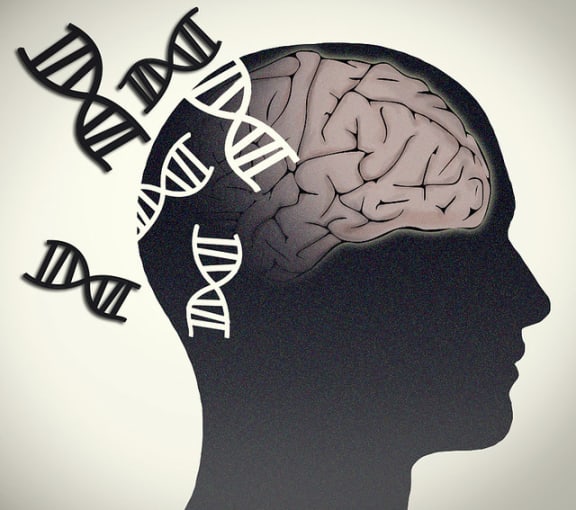Deciphering the complex biology of neurodegenerative diseases: looking back at the Global Neuroscience Virtual Symposium
Around the world, neuroscientists are working to understand the fundamental biology underlying debilitating neurological diseases. At our recent Global Neuroscience Virtual Symposium, we heard from leading researchers pushing the boundaries and creating new inroads into the study of neurodegenerative disease.

On its own, the central nervous system is challenging to study, with its intricate network of diverse cell types with various functions, and adding neurodegeneration on top of that complexity presents an almost insurmountable research challenge. However, leading neuroscientists are actively finding ways to overcome these roadblocks, providing a deeper understanding of the cellular and molecular mechanisms that drive neurodegenerative diseases, such as Alzheimer’s disease (AD) and Parkinson’s disease (PD).
Earlier this month, during our Global Neuroscience Virtual Symposium, Shane Liddelow, PhD, from New York University Langone, and Panos Roussos, MD, PhD, from Icahn School of Medicine at Mount Sinai, each shared their findings about cell types that contribute to neurodegenerative disease pathogenesis and progression.
Astrocytes represent one of the largest non-neuronal cell populations in the CNS, playing crucial roles in neural development, normal function, and disease states, but they are not well understood. Key mediators of neuroinflammation, along with microglia, astrocytes react and respond to many factors, creating a wide diversity of subpopulations whose functions vary regionally, developmentally, and temporally. In his presentation, Liddelow explained how he and his team approached their research, including the initial questions they set out to answer, the roadblocks they encountered, and how they discovered a neurotoxic form of reactive astrocytes.
Dr. Liddelow, an assistant professor in the Department of Neuroscience and Physiology & Department of Ophthalmology at NYU Langone, and his team set out to study the interactions between astrocytes and neurons, hoping to better comprehend the functional roles of astrocytes in a range of neurodegenerative diseases. They wanted to understand how changes in astrocyte function impact the interactions between astrocytes and neurons, and how this changing relationship might contribute to neurodegeneration. For example, they wondered whether astrocytes were passively contributing to neuronal dysfunction, perhaps losing certain physiological functions that guide their normal interactions, or if they were actively harming neurons? As their research progressed, they also sought to uncover how astrocyte function changed over time, at different stages of disease initiation and progression. Using Chromium Single Cell and Visium Spatial Gene Expression technologies to analyze mouse models, they identified a reactive form of astrocytes that are induced by microglia and are toxic to susceptible neurons. Furthermore, this astrocyte population is present in the brains of patients with AD, PD, Huntington’s disease, and multiple sclerosis.
Learn more about this key discovery and how astrocytes may help advance the study of neurodegenerative disease in Dr. Liddelow’s on-demand presentation. Watch now →
Dr. Panos Roussos, Associate Professor of Genetics and Genomic Sciences & Psychiatry at Icahn School of Medicine at Mount Sinai, also studying cellular contributions to neurodegenerative disease, approached the problem from a slightly different angle. His team focused on the role of microglia in AD and PD. Microglia play a central part in both brain health and disease. These incredibly diverse cell types participate in functions ranging from development and maintenance of neural circuits, to neurogenesis, synapse maintenance, and immune surveillance. However, they are also vulnerable to aging and pathological disturbances, and are believed to play a key role in the pathogenesis of neurodegenerative disease. To gain clarity on the role of microglia in AD and PD, Dr. Roussos and his team turned to Chromium Single Cell tools to analyze human post mortem brain samples and acutely isolated brain tissue from surgical biopsies from patients with AD and PD. Through his studies, Dr. Roussos uncovered a systematic perturbation of immune cells in the brains of AD patients involving degenerative microglia and peripheral CD8+ T cells.
Learn more about how Dr. Roussos used single cell RNA-sequencing to study microglia in neurodegenerative disease in his on-demand presentation. Watch now →
Thank you to all the presenters and attendees of the Global Neuroscience Virtual Symposium. We appreciate you sharing your research with the neuroscience community as we work together to advance neuroscience. Explore how you can gain a richer understanding of the nervous system and the mechanisms underlying neurological disorders here.
